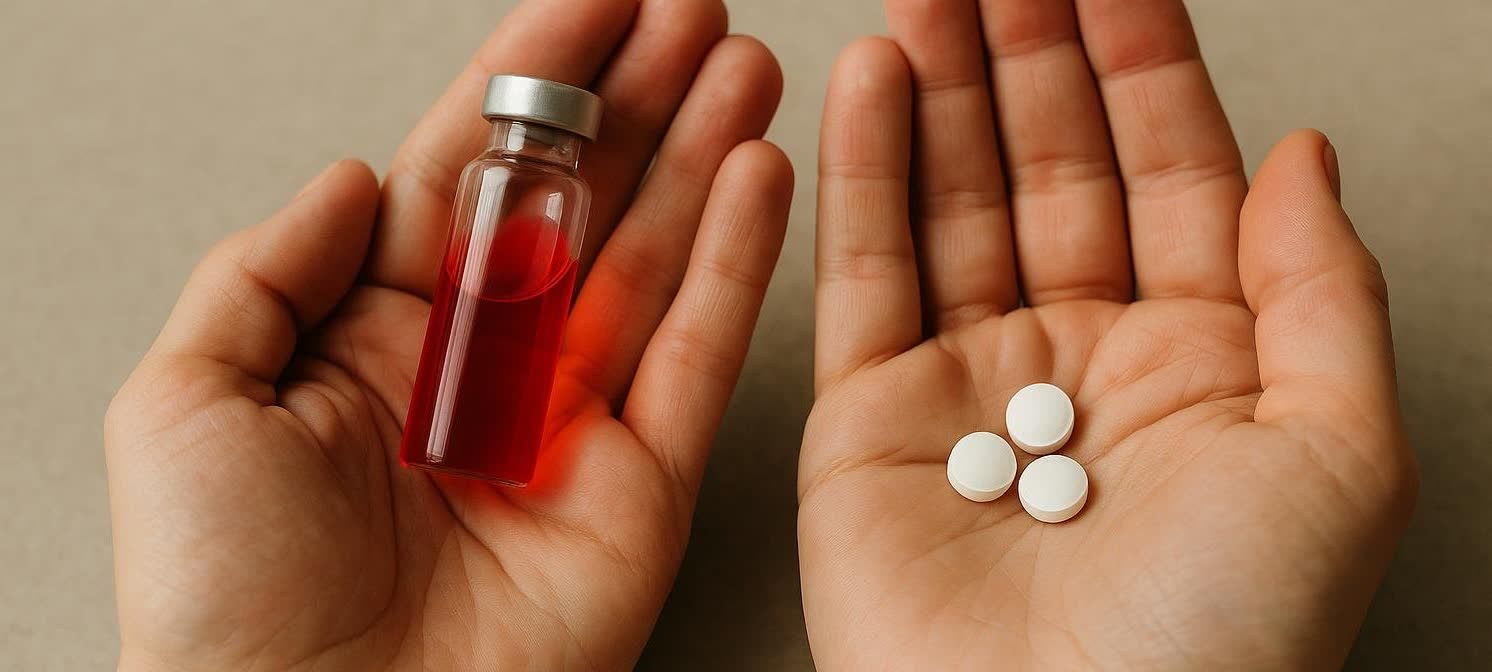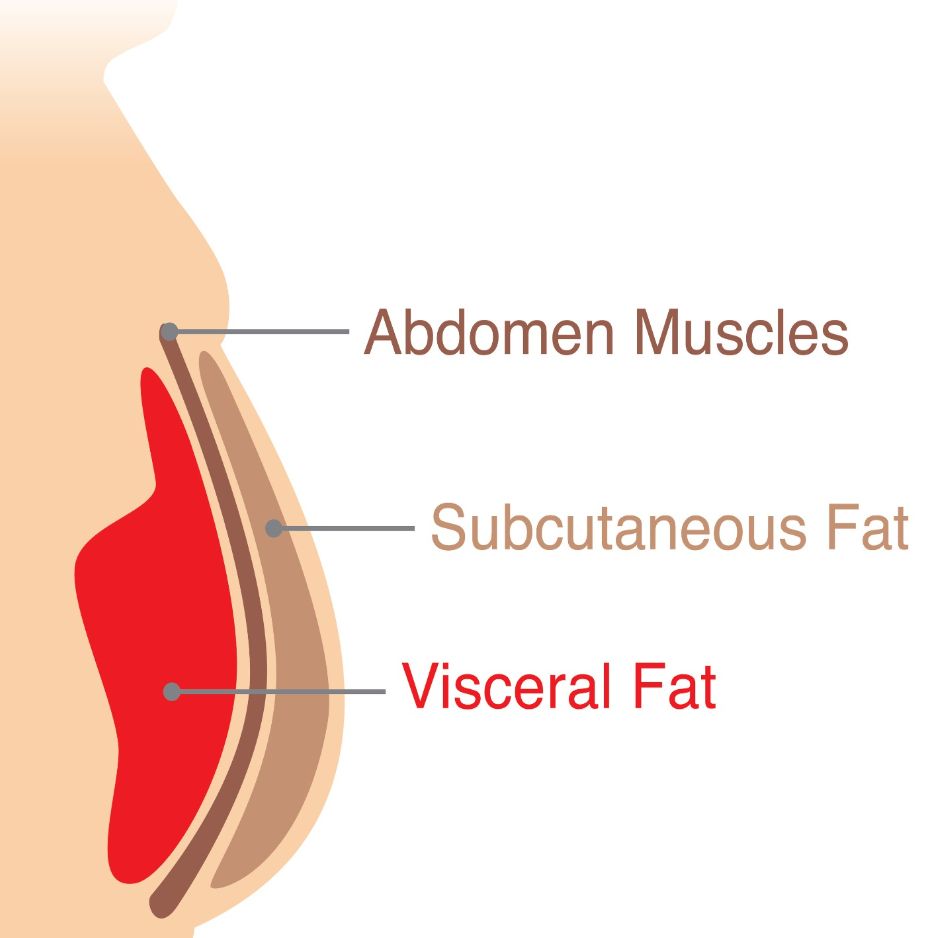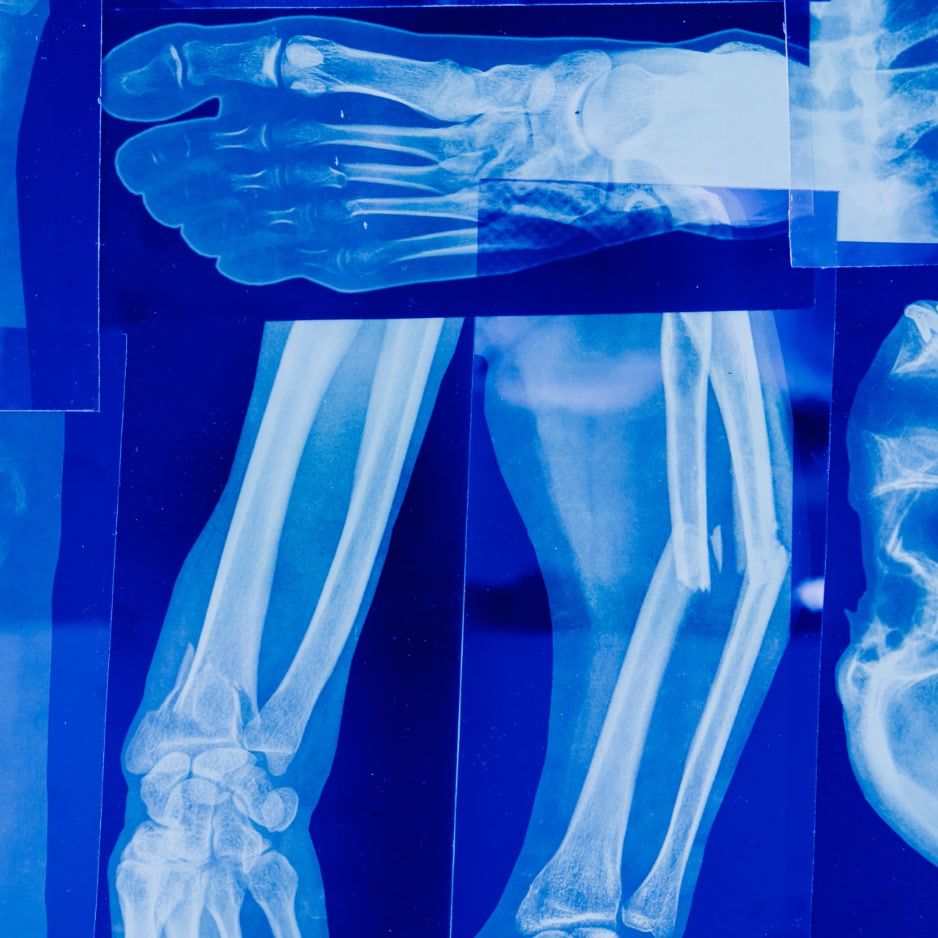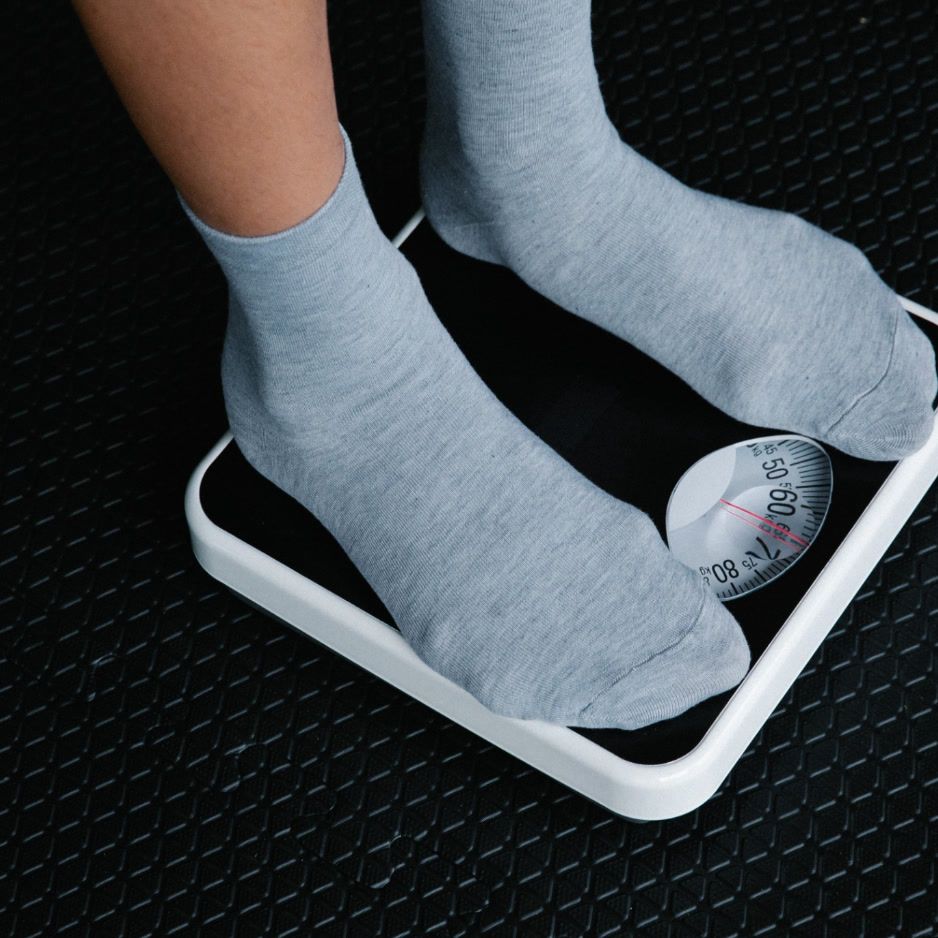B12 Shot Guide: Benefits, Dosage & Side Effects

B12 Shot Guide: Benefits, Dosage & Side Effects
Feeling wiped out and wondering if a B12 shot could help? Here’s your science-backed, no-hype guide—in plain English.
We’ll cover:
- Who actually benefits from B12 shots
- How often injections are given (loading and maintenance)
- How shots compare to oral and sublingual B12
- Potential side effects and safety tips
- Smart ways to choose between options if you’re vegan or have absorption issues
Short answer: B12 shots are most helpful for diagnosed deficiency or poor absorption; otherwise, high-dose oral B12 (1,000–2,000 mcg/day) usually works just as well. Typical shot schedules use a short loading phase (2–6 weeks) followed by monthly to every 2–3 months maintenance (AAFP; NHS; MedlinePlus).
Key takeaways
- B12 shots help most when there’s a true deficiency or an absorption problem (like pernicious anemia or after GI surgery). For many others, high-dose oral B12 works just as well (NIH ODS; AAFP).
- Most injection plans use a short “loading” phase, then maintenance every 1–3 months depending on the cause (NHS; MedlinePlus).
- Don’t expect weight-loss or a big energy boost from B12 unless you were deficient (Mayo Clinic).
- If you’re vegan or mostly plant-based, oral or sublingual B12 is usually enough long term—shots are typically for documented deficiency or absorption issues (NIH ODS).
What does a B12 shot do?

Vitamin B12 (cobalamin) supports red blood cell production, nerve function, and DNA synthesis. Deficiency can show up as fatigue, weakness, numbness/tingling, balance problems, memory issues, and megaloblastic anemia. Intramuscular injections deliver B12 directly into muscle, which allows it to enter the bloodstream and bypass digestive absorption problems (NIH ODS).
Who tends to benefit most
- Diagnosed deficiency from pernicious anemia, atrophic gastritis, inflammatory bowel disease, or after bariatric/intestinal surgery (NIH ODS).
- Older adults and people taking metformin or acid-suppressing drugs who have confirmed low levels or absorption issues (NIH ODS).
- Strict vegans/vegetarians with low intake who prefer a rapid correction—though high-dose oral B12 is usually effective (AAFP).

B12 shot schedule: loading and maintenance
Protocols vary by country and scenario. Two common evidence-based patterns:
| Protocol | Typical Loading Phase | Typical Maintenance |
|---|---|---|
| Hydroxocobalamin (often used in the UK) | Every other day for ~2 weeks | Every 2–3 months if not diet-related; diet-related cases may switch to oral tablets (NHS). |
| Cyanocobalamin (common in the US) | Daily for 1 week → every other day for 2 weeks → every 3–4 days for 2–3 weeks | Monthly injections for maintenance (MedlinePlus). |

How fast will I feel better?
- Neurologic symptoms may take longer, but many people notice energy/mood improvements within days to weeks once deficiency is corrected. Your clinician may recheck labs 7–10 days after starting (reticulocytes/hemoglobin) and again around 8 weeks (NHS).
Shots vs oral vs sublingual: what’s actually best?
Short answer: If you can absorb B12, high-dose oral B12 (1,000–2,000 mcg/day) is as effective as intramuscular injections for normalizing levels in most people (AAFP; Cochrane review).
- For malabsorption (e.g., pernicious anemia), injections are often preferred, though some clinicians still use very high-dose oral regimens (NIH ODS).
- Sublingual forms appear similarly effective to standard oral tablets; choose whichever you’ll take consistently (NIH ODS).

Suggested starting points to discuss with your clinician
- Deficiency without malabsorption: 1,000–2,000 mcg oral cyanocobalamin daily until normalized, then weekly or monthly maintenance per labs (AAFP).
- Deficiency with malabsorption/pernicious anemia: follow loading + maintenance injections; some may trial high-dose oral with close monitoring (NHS).
Are B12 shots safe? Side effects and cautions

B12 has no established upper limit due to low toxicity, but injections can have side effects:
- Common: soreness, redness or swelling at the injection site; mild diarrhea (Cleveland Clinic).
- Rare but serious: allergic reactions; fluid in lungs or heart issues; severe low potassium during rapid correction of severe anemia—seek urgent care for concerning symptoms (MedlinePlus).
Drug interactions and special situations
- Metformin and acid-suppressing meds can lower B12—ask about periodic monitoring (NIH ODS).
- Leber’s hereditary optic neuropathy: B12 supplementation can worsen the condition—consult a specialist (MedlinePlus).
- Folate: correcting folate alone can mask B12 deficiency and risk neurologic harm—check both if anemia is present (NHS).
Cost: shots vs pills
- In-clinic injections add visit fees; self-injection at home is only appropriate with clinician training, a prescription, and proper supplies.
- Generic oral B12 is inexpensive (often just a few dollars/month). GoodRx lists low cash prices for tablets and vials; actual costs vary by pharmacy and insurance (GoodRx).
Measuring the impact of B12 treatment
Correcting a B12 deficiency can lift energy and support training consistency. Track the results with objective measures: monitor changes in lean mass, body fat, and visceral fat with a BodySpec DEXA scan to see how better energy translates into workouts, recovery, and overall wellness. Book your BodySpec scan to track your progress. For ongoing decision-making, re-scan every 8–12 weeks to spot real trends—not day-to-day noise—and make smart adjustments using our guidance on how often to get a DEXA scan.
Disclaimer: This article is for educational purposes and not a substitute for professional medical advice. Always work with your healthcare provider on testing and treatment decisions.


